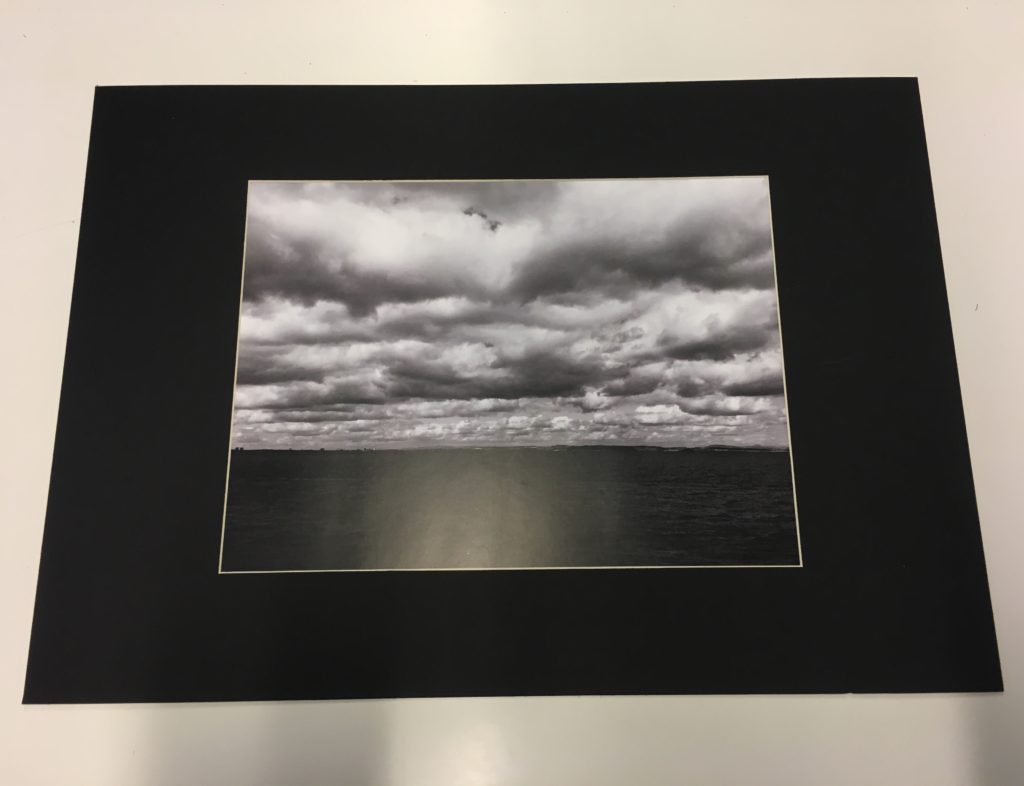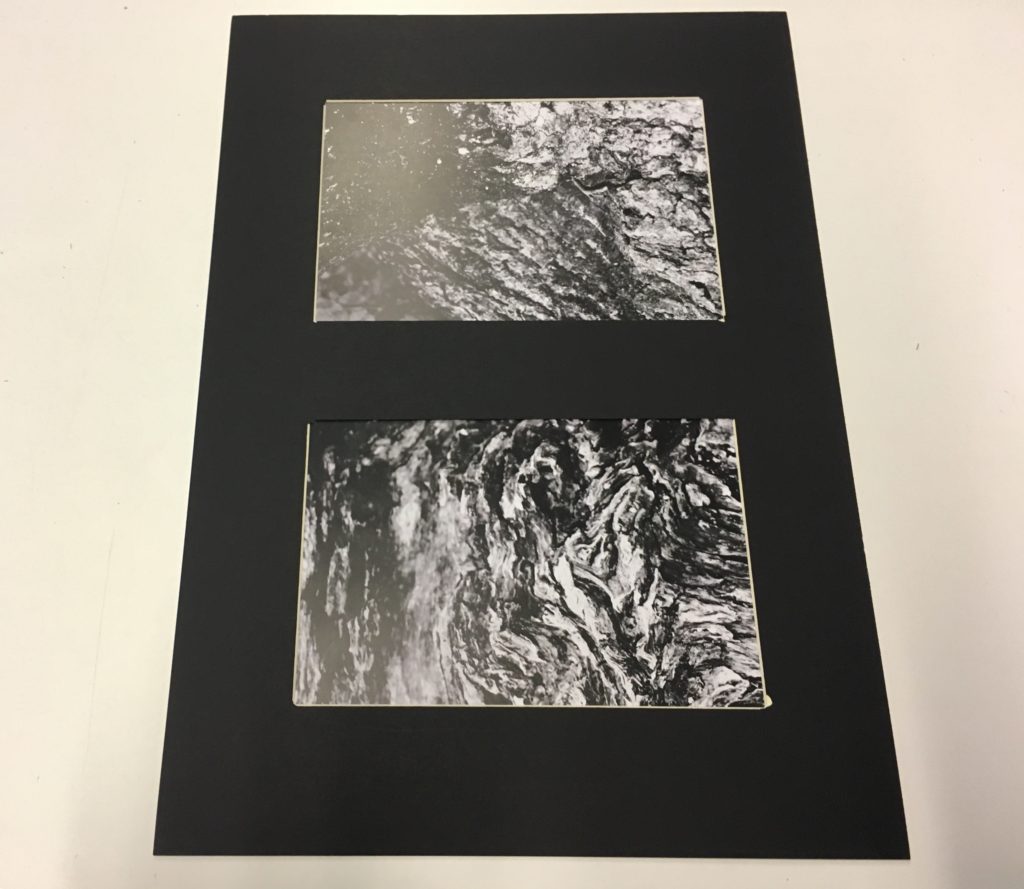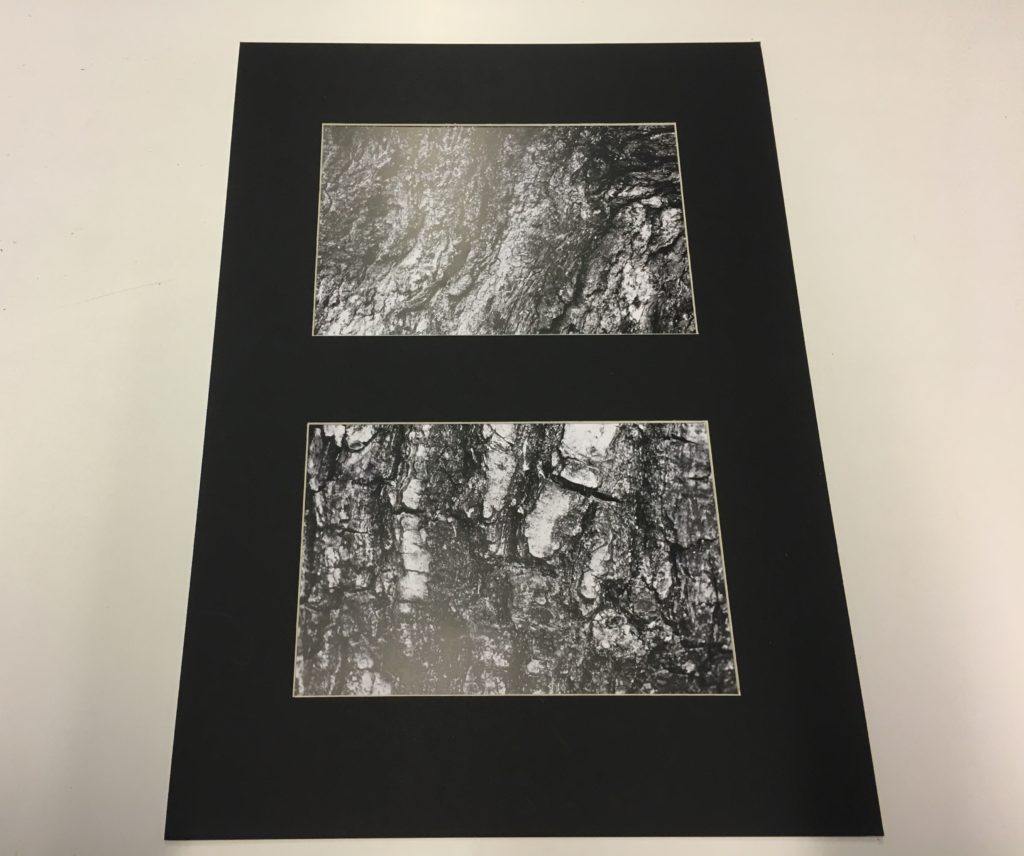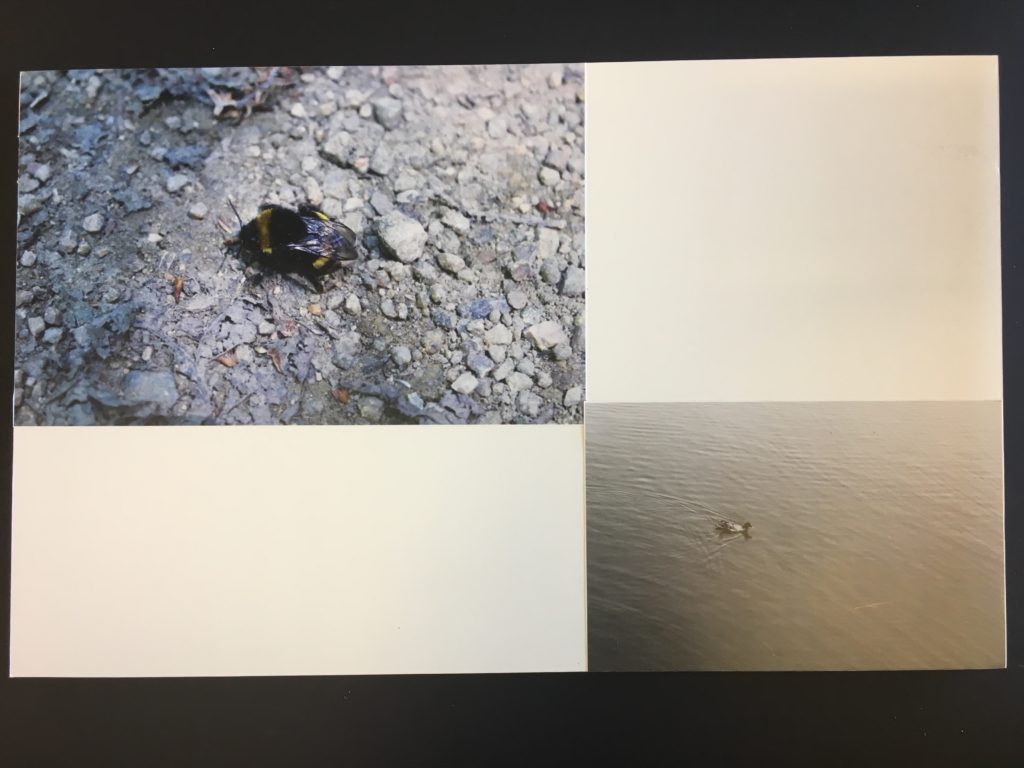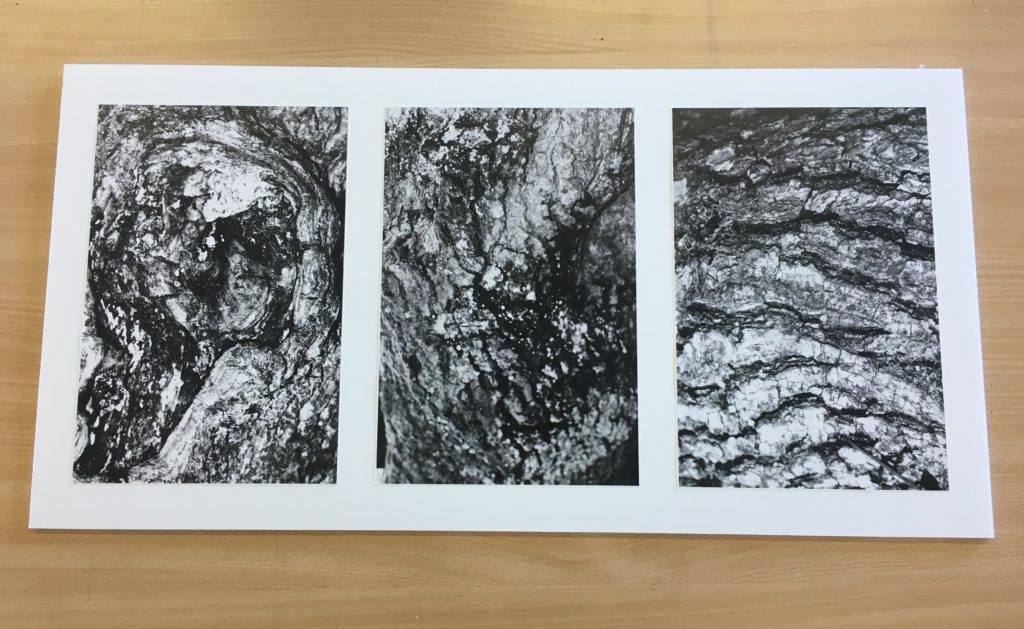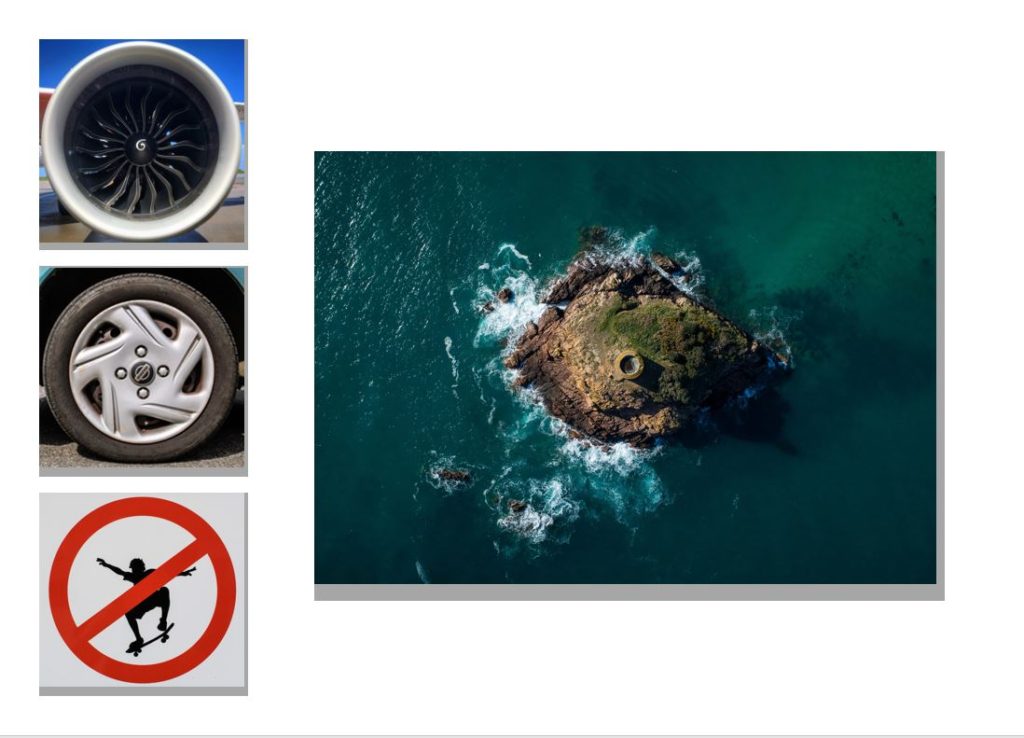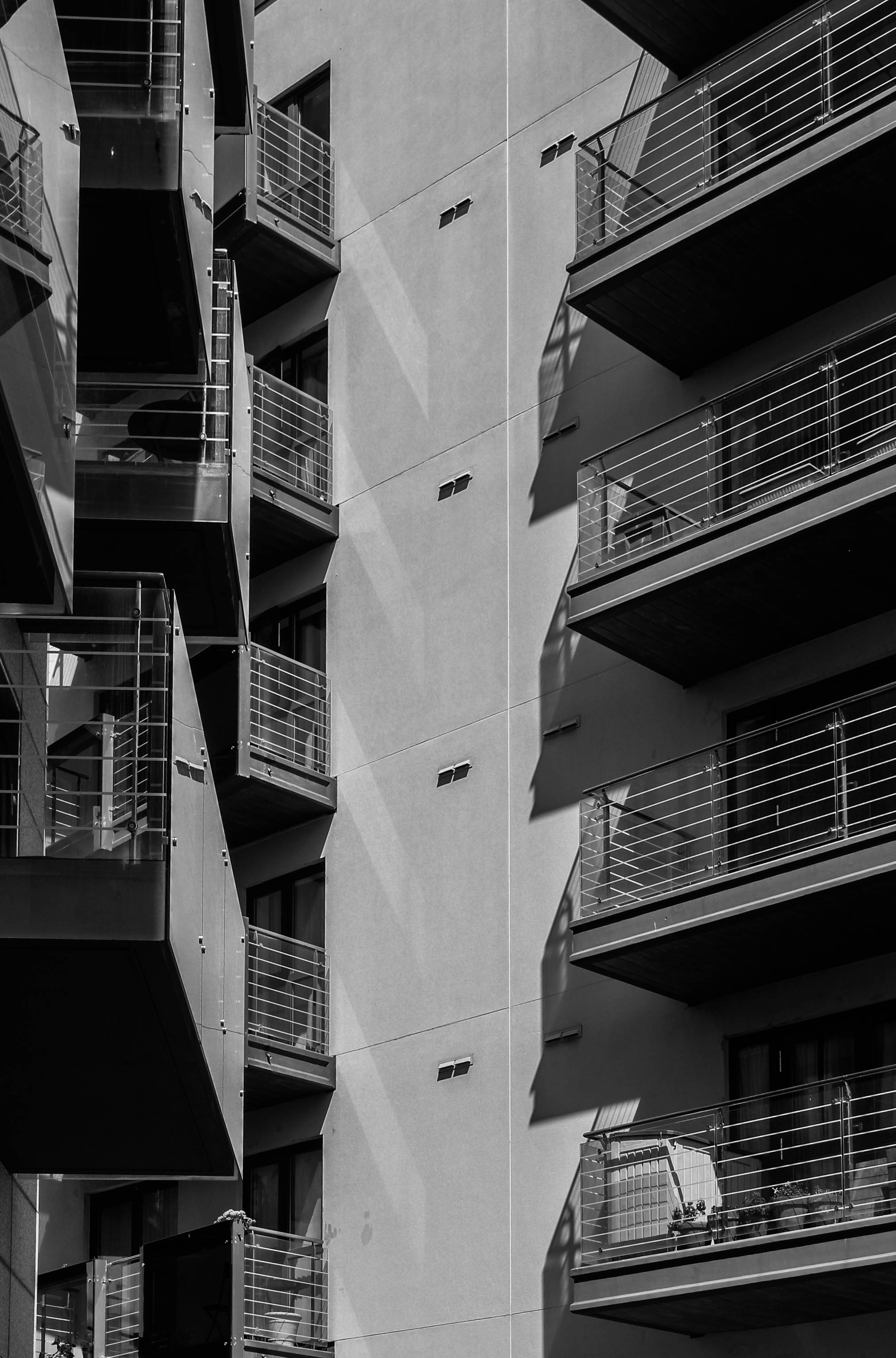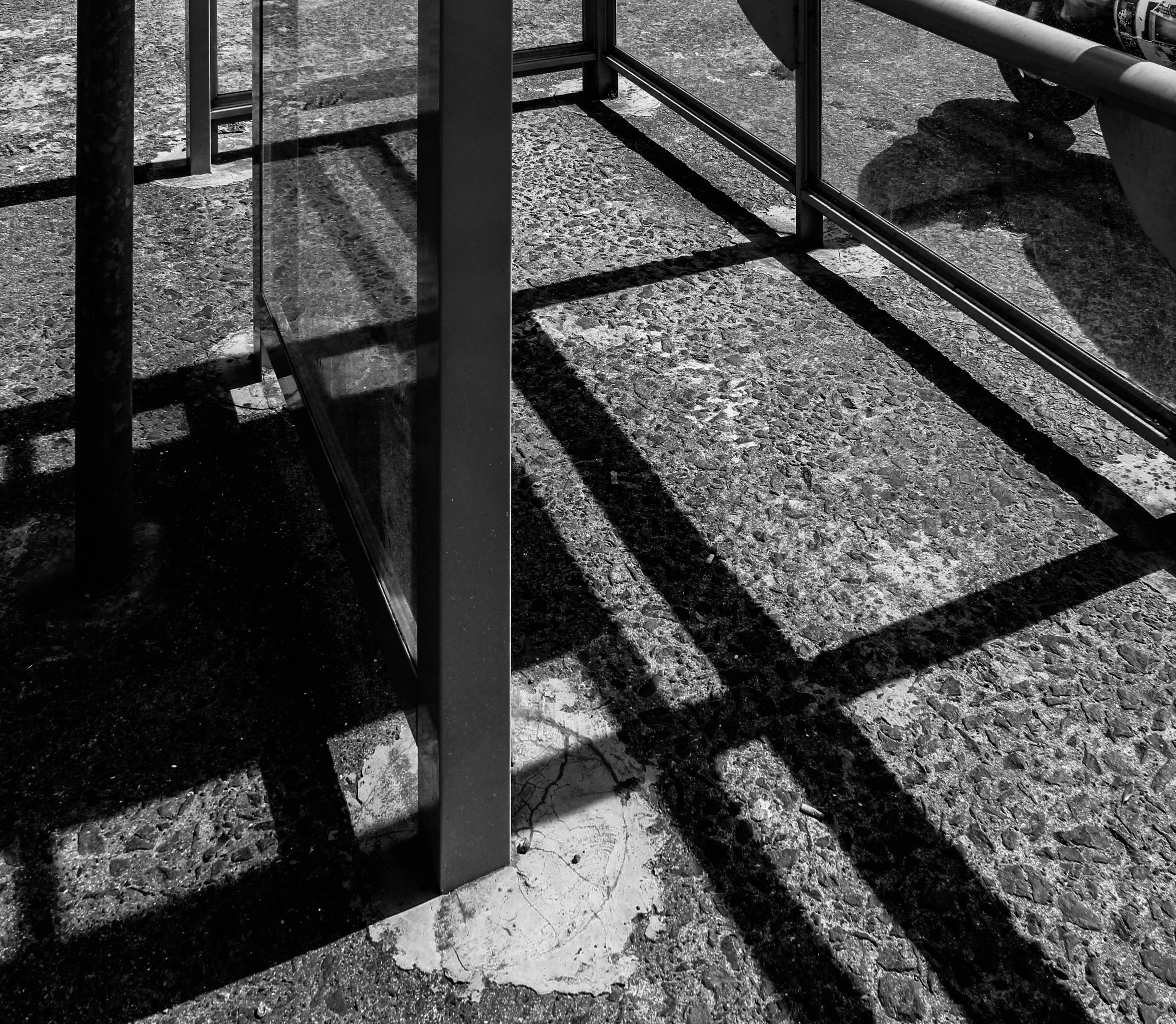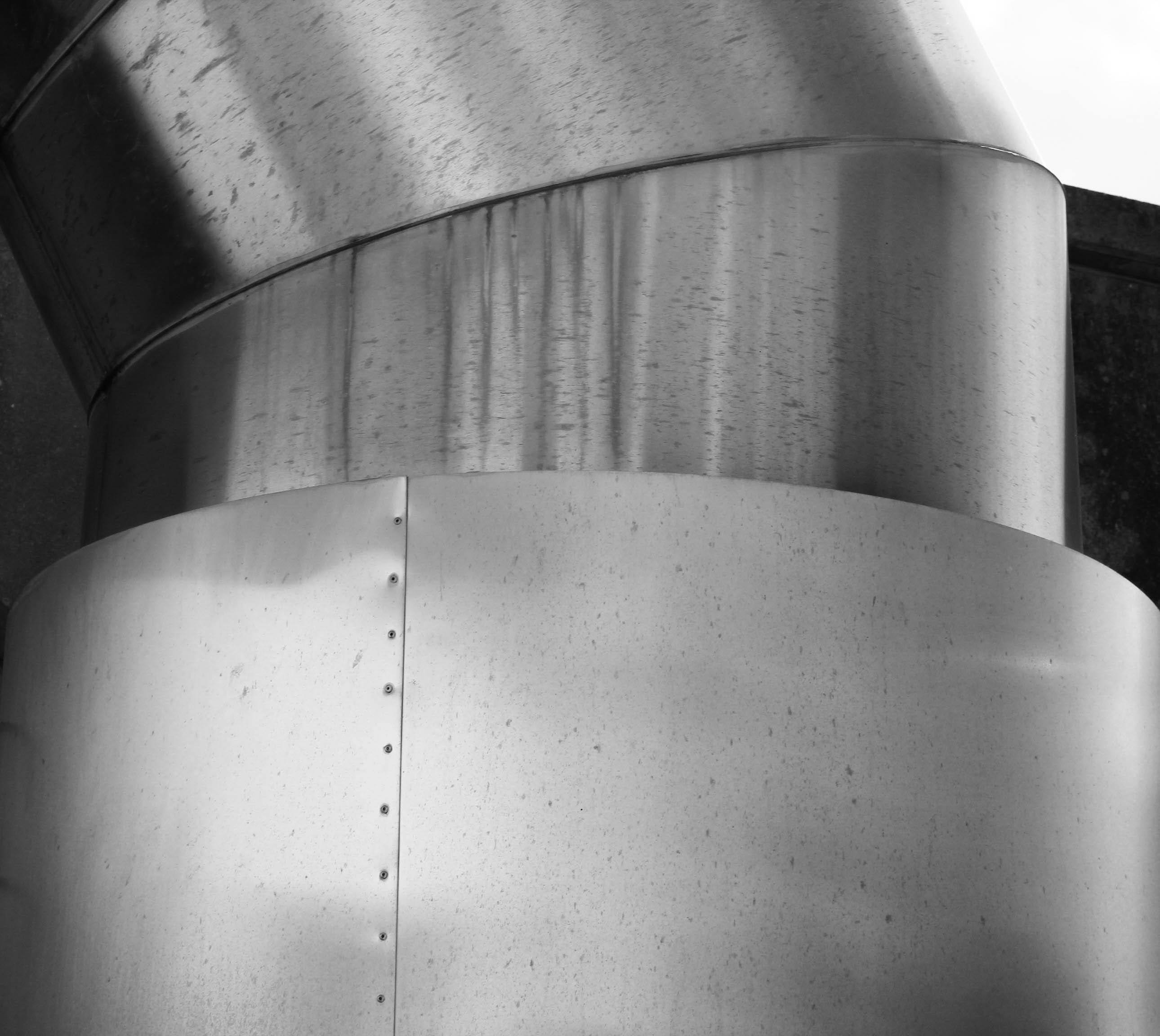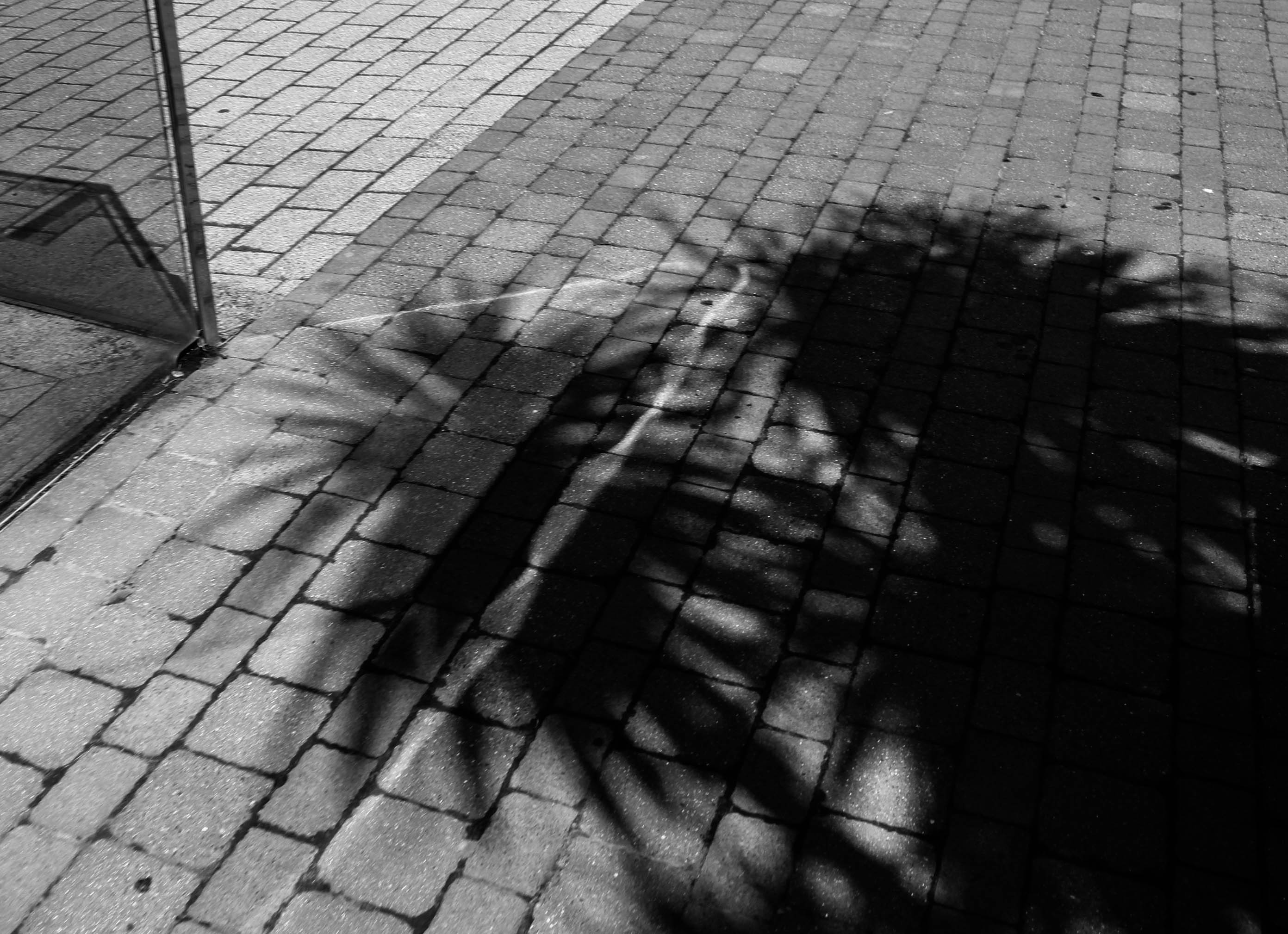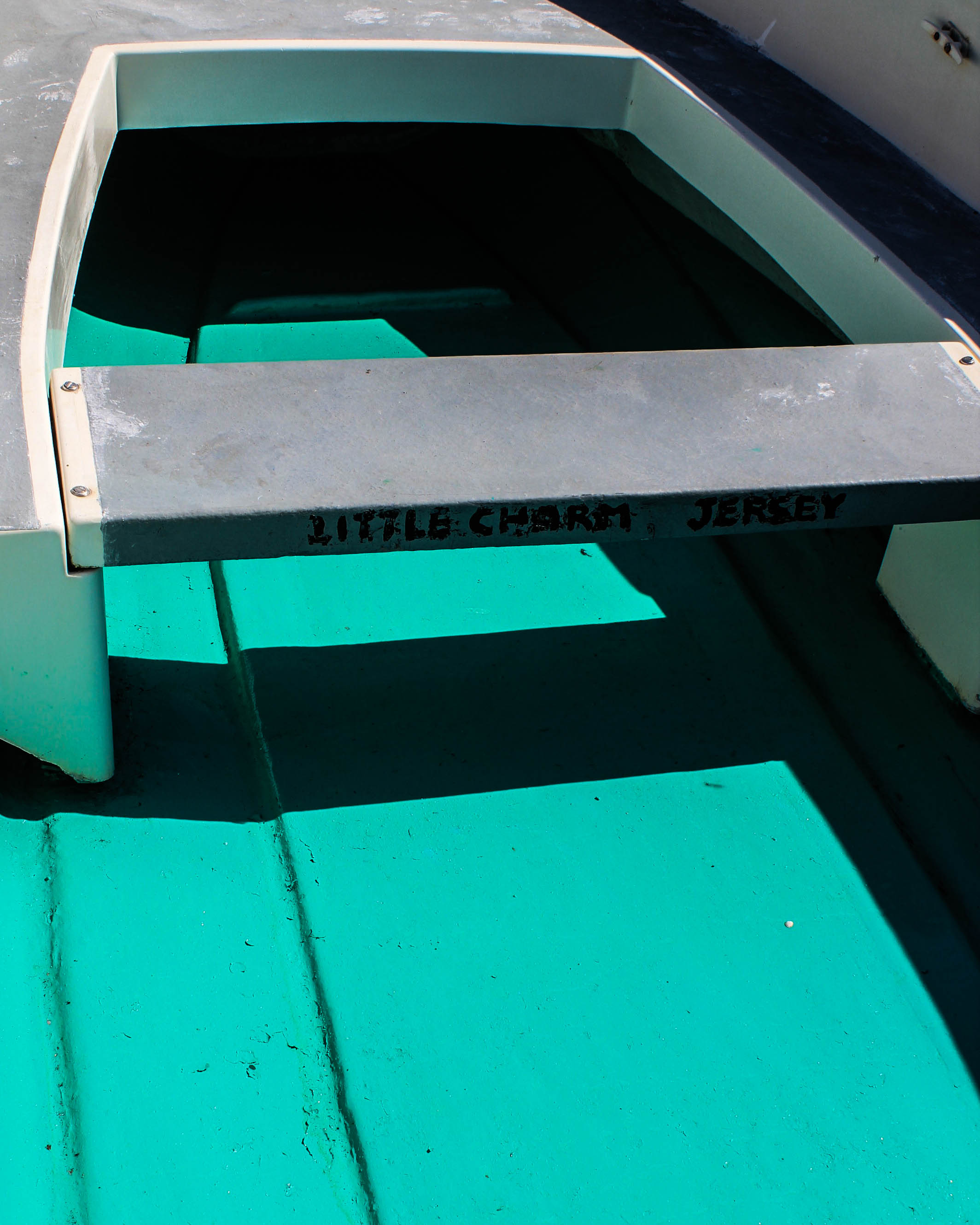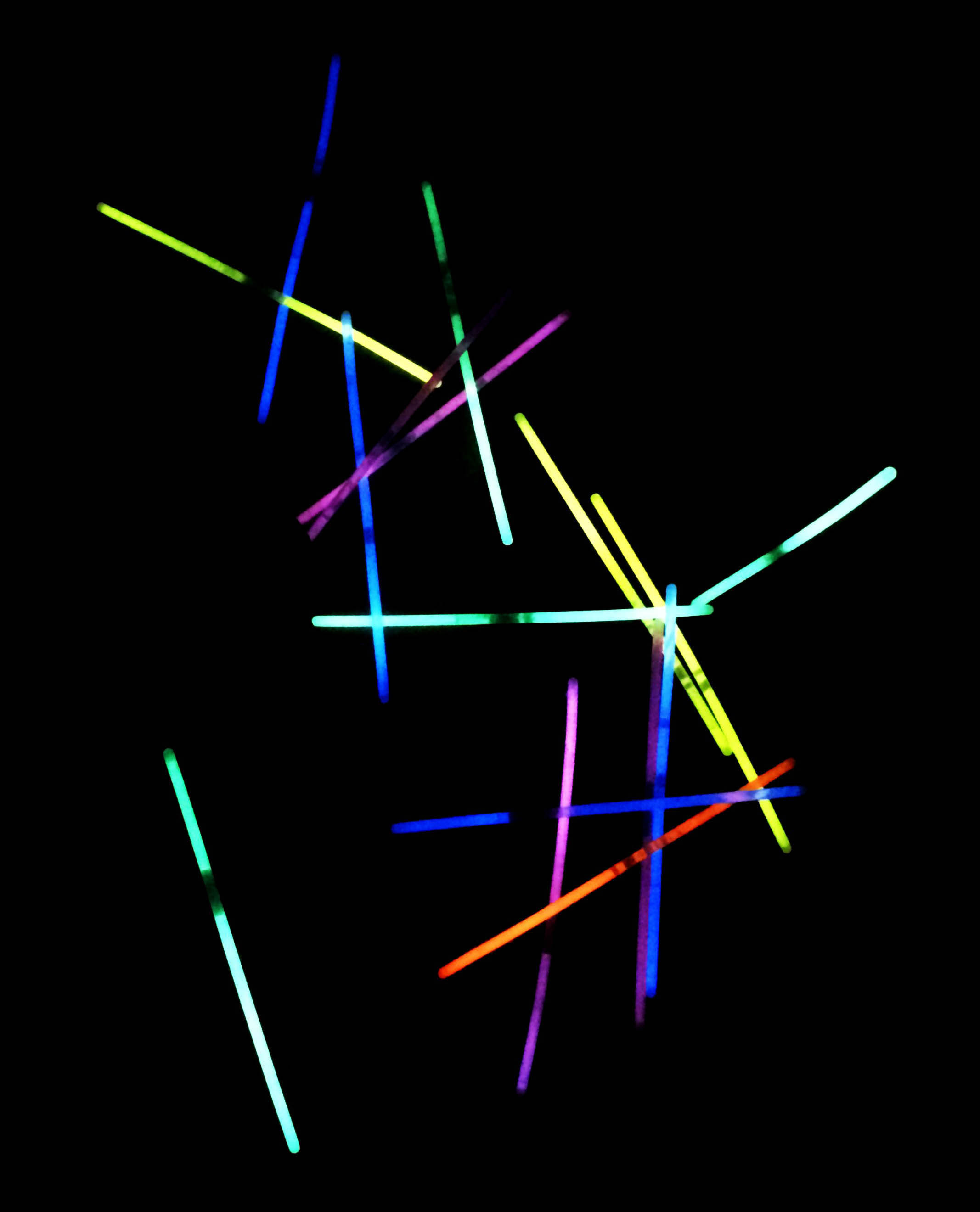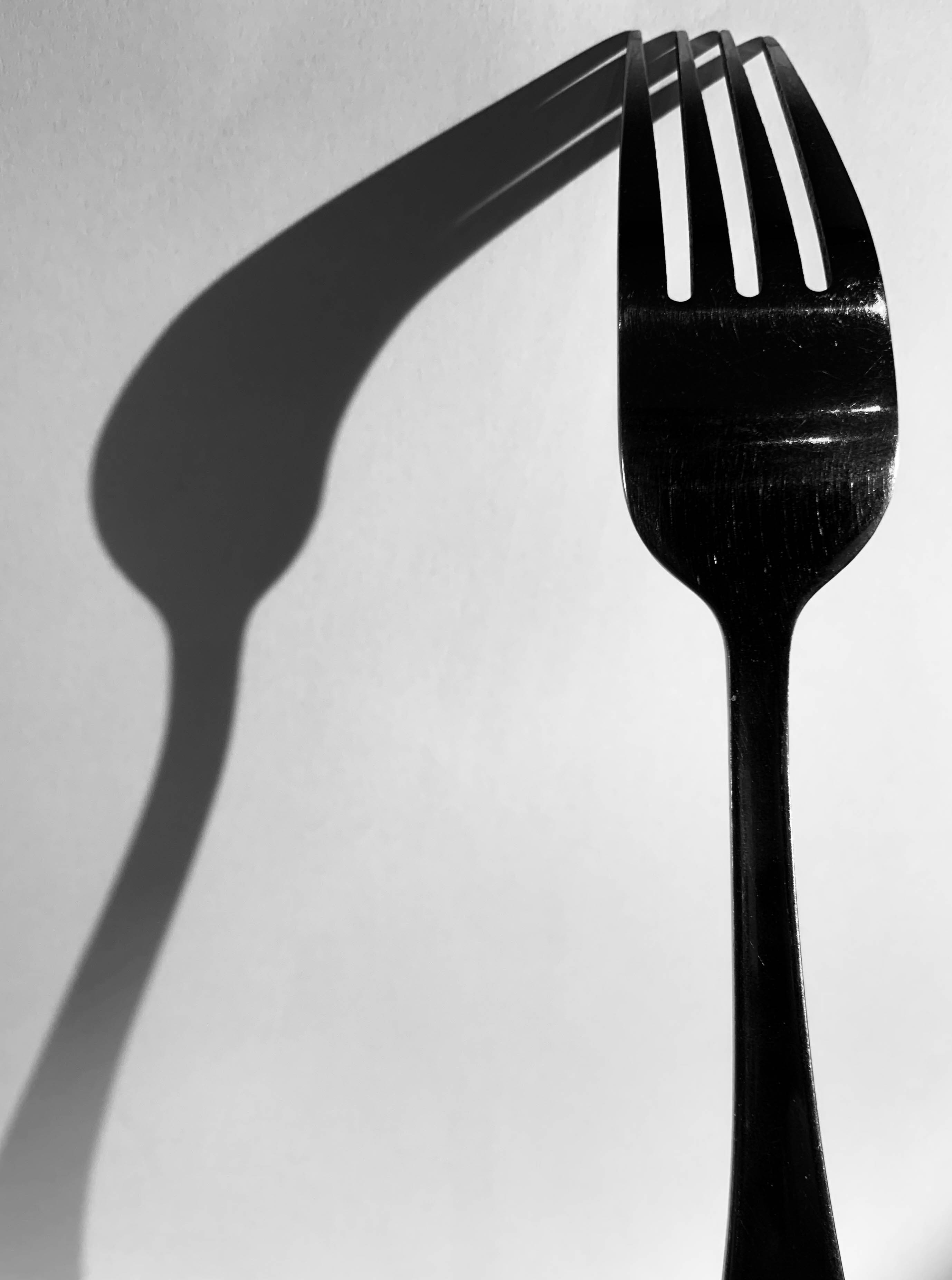A link to my photobook:
Visceral
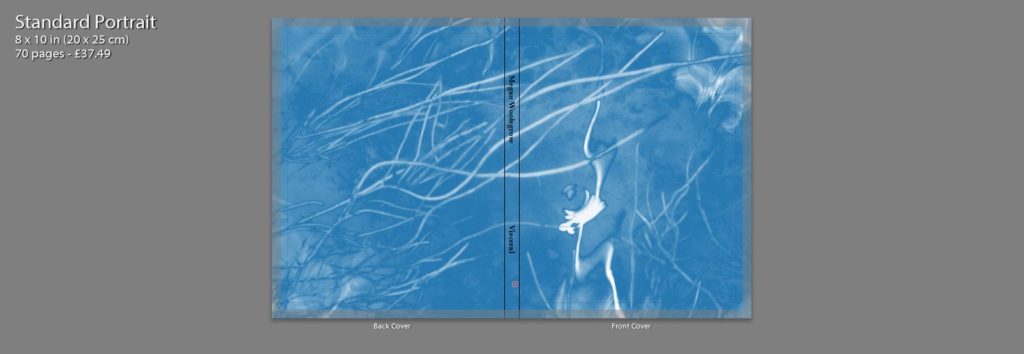


















Analysis of Photobook and Evaluation
In conclusion, I think that I have explored the concept of variation and similarity successfully, developing my ideas thoroughly and consistently throughout. I started off my project with the intention to explore ideas of sublime and beauty within nature, focusing on emphasising light and fragility within the natural world. I wanted to able to express an emotion through my photos, whether that be using shapes, shadows, reflections and light. I explored the work by the Japanese photographer Rinko Kawauchi as I liked how she photographs things that are ‘ephemeral’, addressing concepts like life and death in her work and how photographs everyday situations and objects and emphasises the beauty that most people wouldn’t notice. I tried to take inspiration from this in my first photoshoot where I focused on emphasising the soft shapes and patterns I found in nature, as well as the fragility. This shoot inspired me to keep photographing emphasisng the fragility and nature, but to also build on this linking it to spirituality. I experimented by making videos of the movement in nature and focused on sounds created in the natural landscape which I think was effective in building my concept of spiritual qualities and energies in nature. I then started exploring the artist Wassily Kandinsky, specifically his book named ‘Concerning the spiritual in art’ and his theories on shapes and colour. “This essential connection between color and form brings us to the question of the influences of form on color. Form alone, even though totally abstract and geometrical, has a power of inner suggestion.” He states that shapes have spiritual value which is something I wanted to draw on in my images. I took inspiration from Kandinsky theories in my next photoshoots, particularly photoshoot 4 and 5, and decided that I wanted the concept of warm and cool colours to be a main element in my project. I think that my fifth photoshoot was my most successful as I think that the images produced represent the concept of my project well, where I focused on light, textures and movement, as well as warm and cool colours, expressing the interconnection between aspects of nature and humans. Towards the end of my project I wanted to add another type of image to my collection of images, and discovered the photographer Anna Atkins who was the first woman photographer to make a photobook. The type of image was a camera-less photograph which I decided to interpret. I wanted to create and portray them in a way that is different to how they were seen in the 1900s when they were first created, which was scientifically. I wanted to emphasise the spiritual quality through the fragile and round lines of the objects on top of the light sensitive paper. I thought this was effective which is why i decided to include some of the photographs inside my photobook, and also as some of my framed final prints.
For the front cover of my photobook I decided to use one of my digitally edited interpretations of a cyanotype as I think this image indicates to the reader the spiritual nature of this photobook and it’s focus on the natural world. I like the pale blue colour that contrasts to the white of the plants and ripples in the water, as they’re soft colours that reflect the delicate features within the book. It also links to the physical photograms that will be included in the book, having a similar appearance. I decided to wrap this image around the front and back cover of the book as I think it works best full page, and by reducing it so its smaller on the page, it wouldn’t be as powerful. This is a difference between mine and Rinko Kawauchi’s photobook cover, where she included two smaller separate images on the front and back. The first page inside the photobook has the title: ‘Visceral’ in the middle which i chose as it is ‘relating to deep inward feelings’ which i think links to the spiritual nature and energy of my project and how nature provokes emotions within humans. The first double page spread displayed one image on the right side of the page. I wanted to start the book of simplistically and think that by displaying this image singularly of water falling emphasises it. I chose this image as the first one as I think the centred picture of the drops of water falling has the appearance of a peaceful and undisturbed landscape, starting the book off with a tranquil image that emphasises texture and beauty. On the next double page I also only included one image on the right side, but this time made it a full page image. I chose this image as I think it links to the first images through the ripples and textures on the water, but also looks at abstract colours and shapes. This is through the reflection of the person in the water, which isn’t noticeable a person. It also links to the first image through the branches in the foreground on the image that are out of focus as the first image also shows a section of a plant in top right in the foreground. The next double page spread I decided to use an imagoes both of the pages. The first is a full page image of koi fish, which I particularly liked as it shows the movement of the fish through the ripples in the water, linking the previous image. I think that is is a powerful image as the orange of the fish is greatly contrasted against the black of the water. I think displayed a landscape image of a closeup angle of a leaf, with the background of water. This links to the koi fish image as leafs also orange and both have the background of water. The next pages I have left blank in my design as I intend to physical insert the photograms that I made in envelopes on these empty pages. I think this will give my photobook an interactive aspect the will intrigue the reader by making them have to physically open the envelopes. I have left four blank double page spread throughout my book to put in the photograms.
I decided to use my landscape image of a tree as my first double page image as I think that this emphasises the detailed patterns of the branches that may not be as noticeable if it were smaller. I like how the trees in the centre of the image, so the tree trunk id along the spine of the book and the branches are coming out diagonally onto each page as it creates an interesting composition. On pages 14 ad 15 I used a zoomed in image all a full page image of the ripples on the water were i have reflected the light and have contrasted this with an image of a tree taken through the reflection of a puddle. I think that these images links as they are both focusing on the light and patterns in water. In the first image you can see branches in the foreground which are out of focus which links to detailed branches of the tree in the reflection. Pages 16 nd 17 I added another double page spread of a closeup image of a plant where i have emphasised the warm colours and the light. I think that this is the most effective double page spread through the bold colours ranging from yellow to red on the leaves. On pages 22 and 23 I decided to contrast the cool green colours leaves, with the warm orange tones of the koi in the water. Although these image contrast each other, they are also like through the rounded shape of the leaves in both the image, the second being a lily pad hiding the fishes face. I think that these pages are effective and stand out through the use of bold colours, I used this combination to keep the reader interested. I then displayed an image of mould which i edited to be a soft pink colours on double page spread. I like this image as it took something which isn’t normally considered nice to look at and changed it into something aesthetically pleasing. I also like how the textures and emphasised even more though the edit which is why I decided to display across two pages. Another double page spread that I think is effective is on pages 30 and 31 which I think this has a different appearance then the rest of my images. I like how the dark background of mud emphasises the reflection of the sun in the puddle, making it seem as though this picture was taken at night time when it wasn’t. I think this image is another example of photographing something which isn’t considered beautiful, puddle in mud, and making it aesthetically pleasing. I continued my photobook with combinations two images across two pages and wth double page spreads. At the end of my book i left space for my to insert a photogram. I think this is good way to end the book as it focuses on a different type of photograph that I have physically created, still relating to the spiritual qualities of nature through the delicate lines and shapes.
I think that my photobook is a good representation of my work in this project, the images showing the final outcomes of my developed ideas. By using both natural landscape and camera-less photograms I think this successfully links to my concept of nature relating to spiritual and personal connections. Photographing natural landscapes I think developed my ideas and theories from my last project and made me produce work to a higher standard a having more knowledge of techniques and contextual references.




